Home>Gardening & Outdoor>Landscaping Ideas>What Makes Grass Really Green
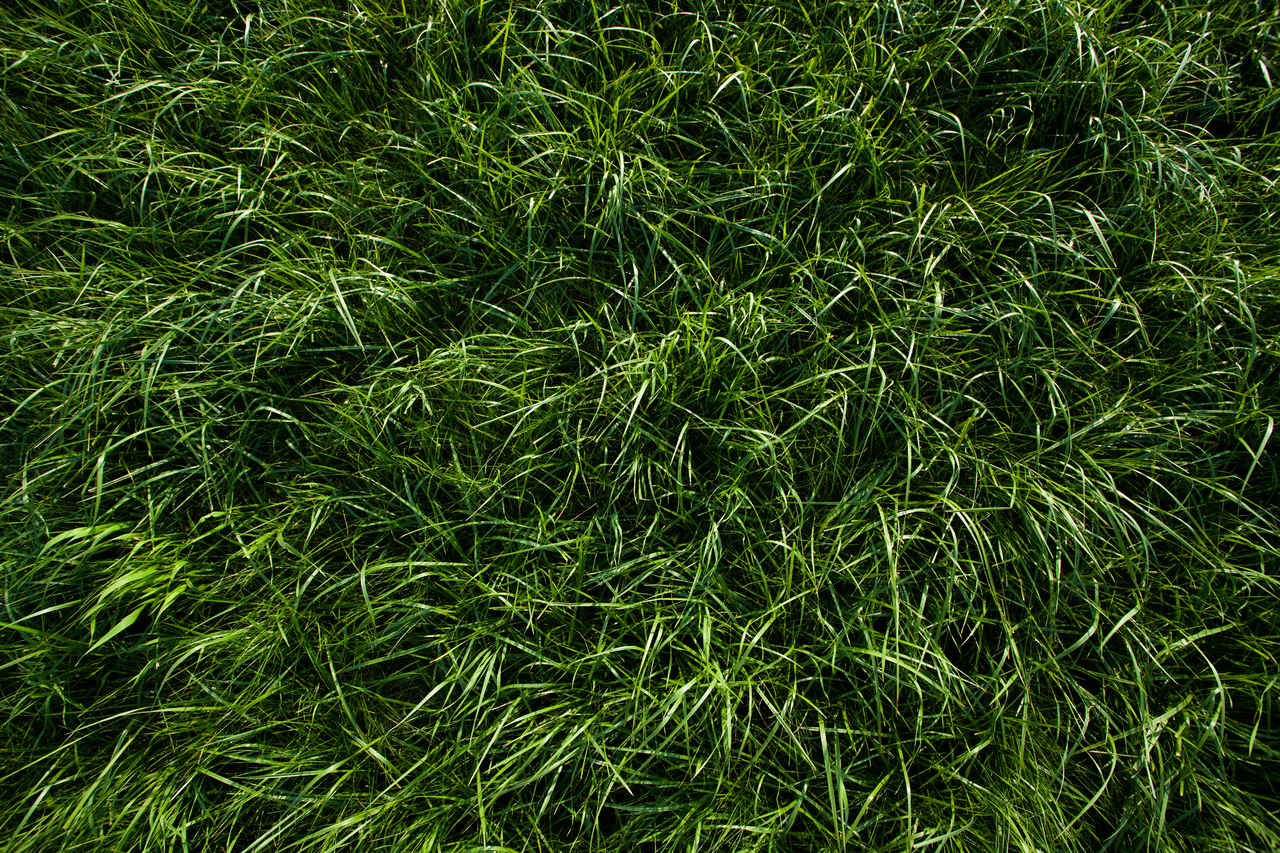

Landscaping Ideas
What Makes Grass Really Green
Modified: March 29, 2024
Discover the best landscaping ideas to make your grass really green. Explore tips and techniques for achieving a lush, vibrant lawn.
(Many of the links in this article redirect to a specific reviewed product. Your purchase of these products through affiliate links helps to generate commission for Storables.com, at no extra cost. Learn more)
Introduction
Welcome to the lush world of landscaping, where the vibrant green of a well-maintained lawn can be a sight to behold. The color of grass is not just a random occurrence; it is a result of a complex interplay of biological, chemical, and environmental factors. Understanding what makes grass really green involves delving into the fascinating science behind this ubiquitous plant and exploring the various elements that contribute to its verdant hue.
Join us on a journey through the intricate world of grass coloration as we uncover the secrets of its vivid green appearance. From the role of chlorophyll to the impact of environmental conditions, we will unravel the mysteries behind the captivating color of grass and gain a deeper appreciation for the natural beauty that adorns our landscapes.
Key Takeaways:
- Grass gets its vibrant green color from a pigment called chlorophyll, which helps the plant capture light energy and turn it into food. Factors like genetics, nutrients, water, light, and climate also affect grass color.
- Environmental factors like sunlight, temperature, soil nutrients, water, and air quality play a big role in keeping grass green and healthy. Understanding and balancing these factors helps maintain beautiful green landscapes.
Read more: What To Spray On Grass To Make It Green
The Science Behind Grass Color
At its core, the color of grass is a testament to the remarkable processes that occur within its cellular structure. The vibrant green that blankets lawns and meadows is a result of intricate biochemical mechanisms that govern the plant’s pigmentation. Central to this phenomenon is the presence of chlorophyll, the pigment responsible for the characteristic green hue of grass and other plants.
Chlorophyll, the superstar of photosynthesis, plays a pivotal role in capturing light energy and converting it into chemical energy. This process, essential for the plant’s survival, occurs within specialized cell organelles called chloroplasts. Here, chlorophyll harnesses the power of sunlight to drive the synthesis of organic compounds, such as glucose, from carbon dioxide and water. The byproduct of this miraculous transformation is oxygen, which is released into the atmosphere, contributing to the vital process of oxygen production.
It is the presence of chlorophyll in the chloroplasts that gives grass its characteristic green color. This pigment absorbs light most efficiently in the blue portion of the electromagnetic spectrum and less so in the green portion, leading to the reflection of green light that we perceive as the lush green color of healthy grass.
Furthermore, the cellular structure of grass leaves also contributes to the manifestation of its green color. The arrangement of cells, the presence of air spaces, and the overall thickness of the leaf all influence the reflection and absorption of light, ultimately impacting the perceived color of the grass.
As we unravel the intricate science behind grass color, it becomes evident that the greenery adorning our landscapes is not merely a visual spectacle but a testament to the wondrous mechanisms that sustain life on our planet.
Factors Affecting Grass Color
The color of grass is influenced by a myriad of factors, each playing a crucial role in shaping its visual appearance. From biological components to environmental conditions, these factors converge to define the vibrant green hues that grace our lawns and fields. Let’s explore the key elements that contribute to the coloration of grass and the visual impact they impart.
- Genetics: The genetic makeup of grass species plays a fundamental role in determining their inherent coloration. Different species and cultivars exhibit varying shades of green, ranging from deep emerald to lighter, more yellowish tones. This genetic diversity contributes to the rich tapestry of greenery found in natural and cultivated landscapes.
- Nutritional Status: The health and vigor of grass plants are closely linked to their nutritional well-being. Adequate levels of essential nutrients, particularly nitrogen, contribute to robust growth and vibrant green color. Conversely, deficiencies in key nutrients can lead to pale or yellowish grass, signaling a need for targeted fertilization and soil amendment.
- Water Availability: The hydration status of grass plants significantly impacts their coloration. Optimal moisture levels support lush, green growth, while prolonged drought can induce a wilted, brownish appearance. Balancing water availability is crucial in maintaining the desired green aesthetic of lawns and landscapes.
- Light Exposure: The amount and quality of light that grass receives influence its coloration. Adequate sunlight fosters robust photosynthetic activity, contributing to a rich green hue. Conversely, shaded areas may exhibit a paler green or yellowish tint due to reduced light availability, necessitating tailored care for such locations.
- Temperature and Climate: Grass color can be influenced by temperature and climate patterns. Cool-season grasses thrive in moderate temperatures, displaying vibrant green shades, while warm-season varieties may exhibit a deeper green during their peak growing periods. Extreme heat or cold stress can impact the coloration of grass, highlighting the adaptability of different species to varying climatic conditions.
These interconnected factors underscore the dynamic nature of grass coloration, serving as a reminder of the intricate balance required to maintain the verdant allure of our outdoor spaces. By understanding and addressing these influences, we can nurture and celebrate the captivating greenery that enriches our surroundings.
To keep your grass green, make sure it gets enough water and sunlight. Fertilize regularly with a balanced fertilizer and mow at the right height to promote healthy growth.
The Role of Chlorophyll
Chlorophyll, the vibrant green pigment that pervades the plant kingdom, serves as the cornerstone of photosynthetic processes and the visual allure of green landscapes. Its multifaceted role extends beyond mere coloration, encompassing pivotal functions that sustain plant life and contribute to the ecological balance of our environment. Let’s delve into the remarkable significance of chlorophyll and its far-reaching impact on the vitality and beauty of grass and other plant species.
At its essence, chlorophyll is a pigment that absorbs light energy, particularly in the blue and red portions of the electromagnetic spectrum, while reflecting green light, thereby imparting the characteristic color to plant tissues. This light-capturing ability is integral to photosynthesis, the transformative process through which plants harness light energy to convert carbon dioxide and water into organic compounds, generating oxygen as a byproduct.
Through photosynthesis, chlorophyll facilitates the production of glucose and other essential carbohydrates, serving as the primary source of energy for plant growth, development, and metabolic activities. This energy-rich output sustains the intricate cellular processes that underpin the survival and proliferation of plant life, making chlorophyll a linchpin in the web of biological productivity and ecological sustenance.
Beyond its metabolic significance, chlorophyll also plays a critical role in environmental processes, notably in the global carbon cycle and the regulation of atmospheric oxygen levels. As plants engage in photosynthesis, they sequester carbon dioxide from the atmosphere, mitigating its impact as a greenhouse gas. Simultaneously, the release of oxygen during photosynthetic activity contributes to the oxygen supply essential for aerobic respiration and the maintenance of diverse ecosystems.
The profound influence of chlorophyll extends to human well-being as well, with its role in oxygen production and carbon sequestration contributing to the ecological services that support life on Earth. Furthermore, the visual impact of chlorophyll-enriched landscapes fosters a sense of tranquility, aesthetic pleasure, and connection to nature, underscoring its cultural and psychological significance.
In essence, chlorophyll transcends its role as a mere pigment, emerging as a symbol of vitality, ecological harmony, and natural beauty. Its intricate functions intertwine with the fabric of life, enriching our surroundings and perpetuating the intricate dance of existence on our planet.
Environmental Impact on Grass Color
The color of grass, a defining feature of landscapes and outdoor spaces, is profoundly influenced by environmental factors that shape its visual presentation and overall vitality. From sunlight and temperature to soil composition and air quality, the surrounding environment exerts a significant impact on the coloration and health of grass species. Understanding these environmental dynamics unveils the intricate interplay between natural elements and the captivating greenery that adorns our surroundings.
Sunlight and Light Quality: The intensity and quality of sunlight play a pivotal role in determining the color of grass. Adequate sunlight fosters robust photosynthetic activity, contributing to the synthesis of chlorophyll and the manifestation of vibrant green hues. Conversely, shaded areas may exhibit a paler green or yellowish tint due to reduced light exposure, necessitating tailored care to maintain their visual appeal.
Temperature and Climate: Grass coloration is intricately linked to temperature and climate patterns. Cool-season grasses thrive in moderate temperatures, displaying vibrant green shades, while warm-season varieties may exhibit a deeper green during their peak growing periods. Extreme heat or cold stress can impact the coloration of grass, highlighting the adaptability of different species to varying climatic conditions.
Soil Nutrients and pH: The nutritional composition and pH level of the soil profoundly influence the health and coloration of grass. Essential nutrients, particularly nitrogen, contribute to robust growth and vibrant green color, while imbalances in soil pH can affect nutrient availability and uptake, impacting the overall vigor and appearance of the grass.
Water Availability: Adequate moisture levels are crucial for sustaining lush, green grass. Optimal hydration supports vigorous growth and vibrant coloration, while prolonged drought can lead to a wilted, brownish appearance. Balancing water availability through efficient irrigation practices is essential for maintaining the desired green aesthetic of lawns and landscapes.
Air Quality and Pollution: Environmental pollutants and poor air quality can detrimentally impact grass color and overall plant health. Airborne contaminants, such as ozone and particulate matter, can interfere with photosynthetic processes and contribute to leaf discoloration, underscoring the intricate relationship between air quality and the visual presentation of grass and vegetation.
By recognizing and addressing the environmental factors that influence grass color, we gain insight into the delicate balance required to nurture and preserve the verdant allure of our outdoor spaces. This holistic understanding empowers us to cultivate thriving landscapes that embody the harmonious coexistence of natural elements and human stewardship.
Read more: What Makes An Urban Green Space
Conclusion
As we conclude our exploration of the captivating world of grass color, we emerge with a profound appreciation for the intricate mechanisms and environmental influences that shape the verdant landscapes we cherish. The vibrant green hues that adorn lawns, meadows, and fields are not merely a visual spectacle but a testament to the wondrous interplay of biological, chemical, and environmental factors that sustain life and enrich our surroundings.
From the foundational role of chlorophyll in capturing light energy and driving photosynthetic processes to the genetic diversity, nutritional balance, and environmental dynamics that influence grass coloration, we have unraveled the multifaceted tapestry of factors that contribute to the captivating greenery that graces our outdoor spaces.
Moreover, our journey has underscored the interconnectedness of natural elements, emphasizing the profound impact of sunlight, temperature, soil composition, and air quality on the visual presentation and overall health of grass species. By recognizing and understanding these environmental dynamics, we are empowered to cultivate thriving landscapes that embody the harmonious coexistence of natural elements and human stewardship.
As stewards of the land, we are entrusted with the responsibility of nurturing and preserving the vitality and beauty of our outdoor environments. By embracing sustainable practices, mindful landscaping techniques, and an understanding of the intricate processes that govern grass coloration, we can cultivate and celebrate the lush greenery that enriches our lives and fosters a deep connection to the natural world.
In essence, the color of grass transcends its visual appeal, emerging as a symbol of ecological vitality, natural abundance, and the enduring cycle of life. It invites us to pause, immerse ourselves in the splendor of nature, and recognize the profound beauty that surrounds us in the form of vibrant, green landscapes.
As we continue to tend to our lawns, nurture our gardens, and revel in the splendor of nature’s green tapestry, let us cherish the remarkable science, environmental harmony, and timeless allure that make grass truly green.
Frequently Asked Questions about What Makes Grass Really Green
Was this page helpful?
At Storables.com, we guarantee accurate and reliable information. Our content, validated by Expert Board Contributors, is crafted following stringent Editorial Policies. We're committed to providing you with well-researched, expert-backed insights for all your informational needs.
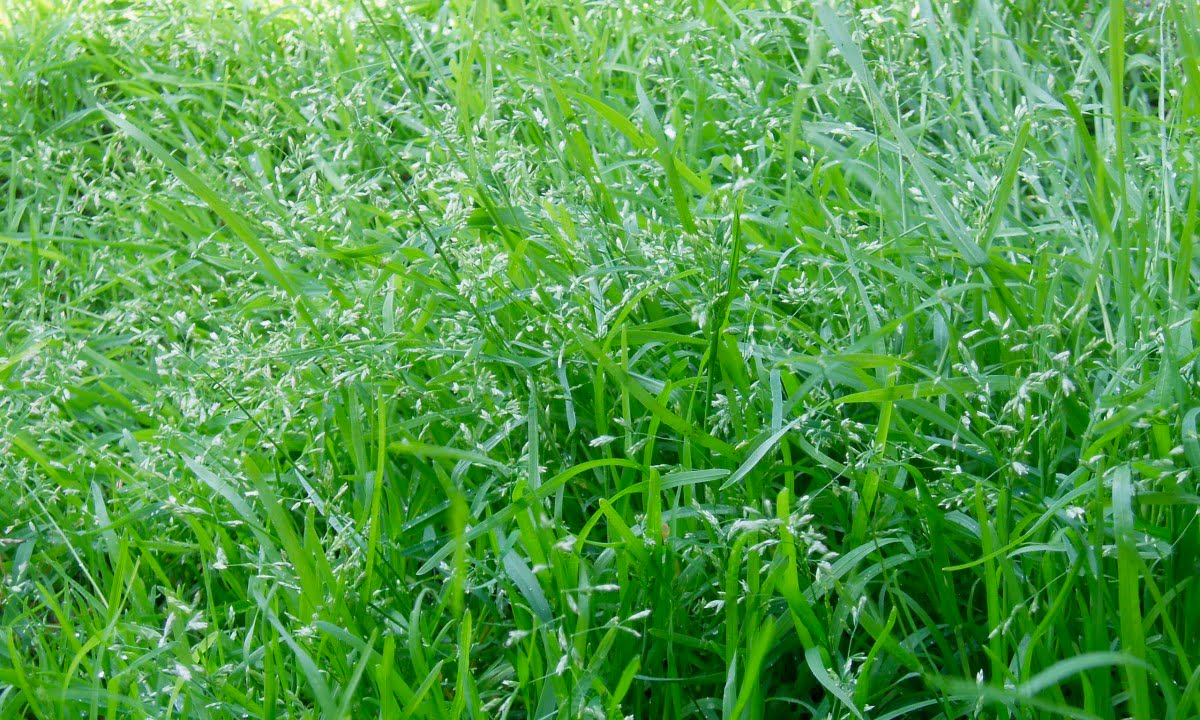
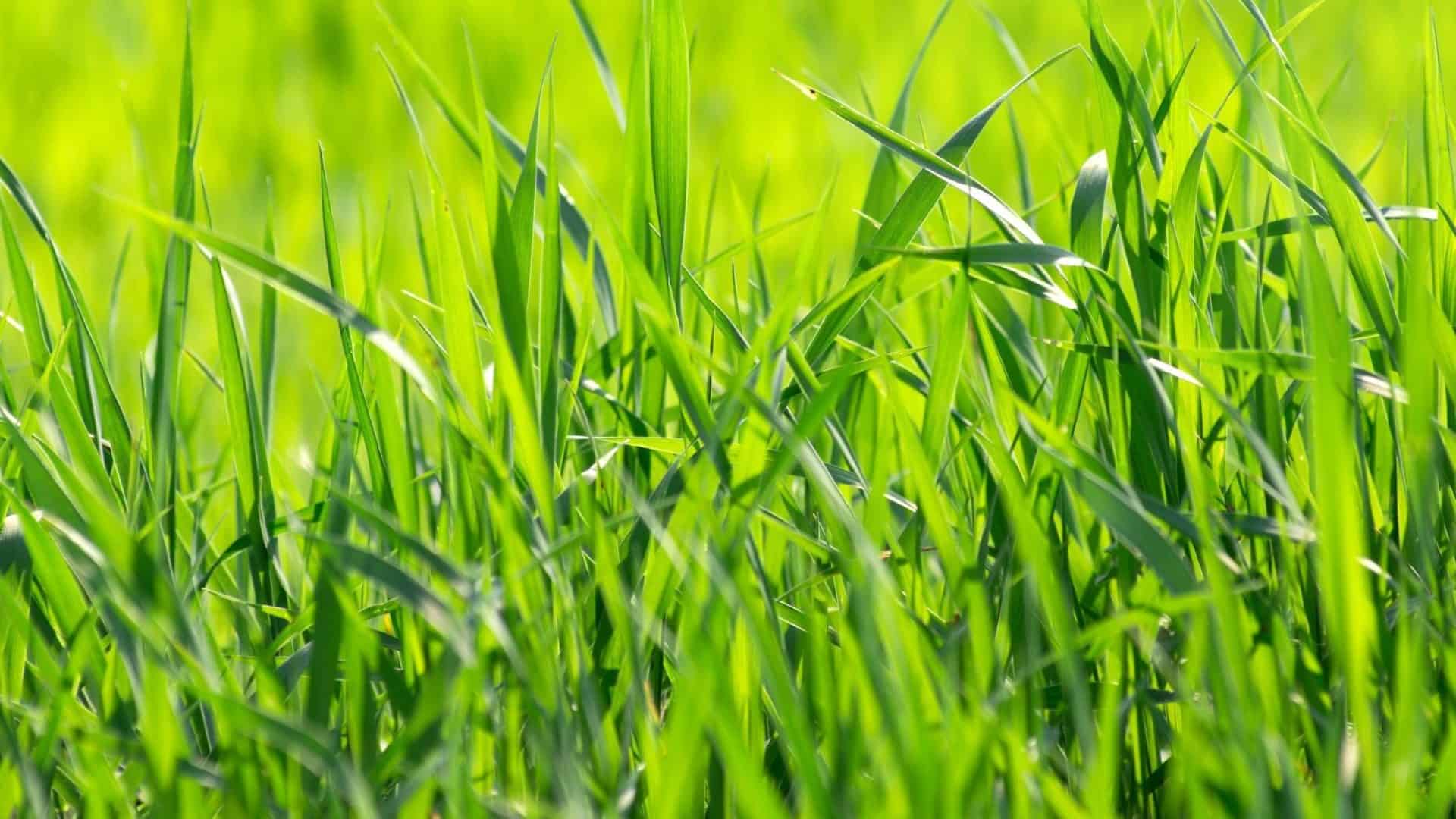
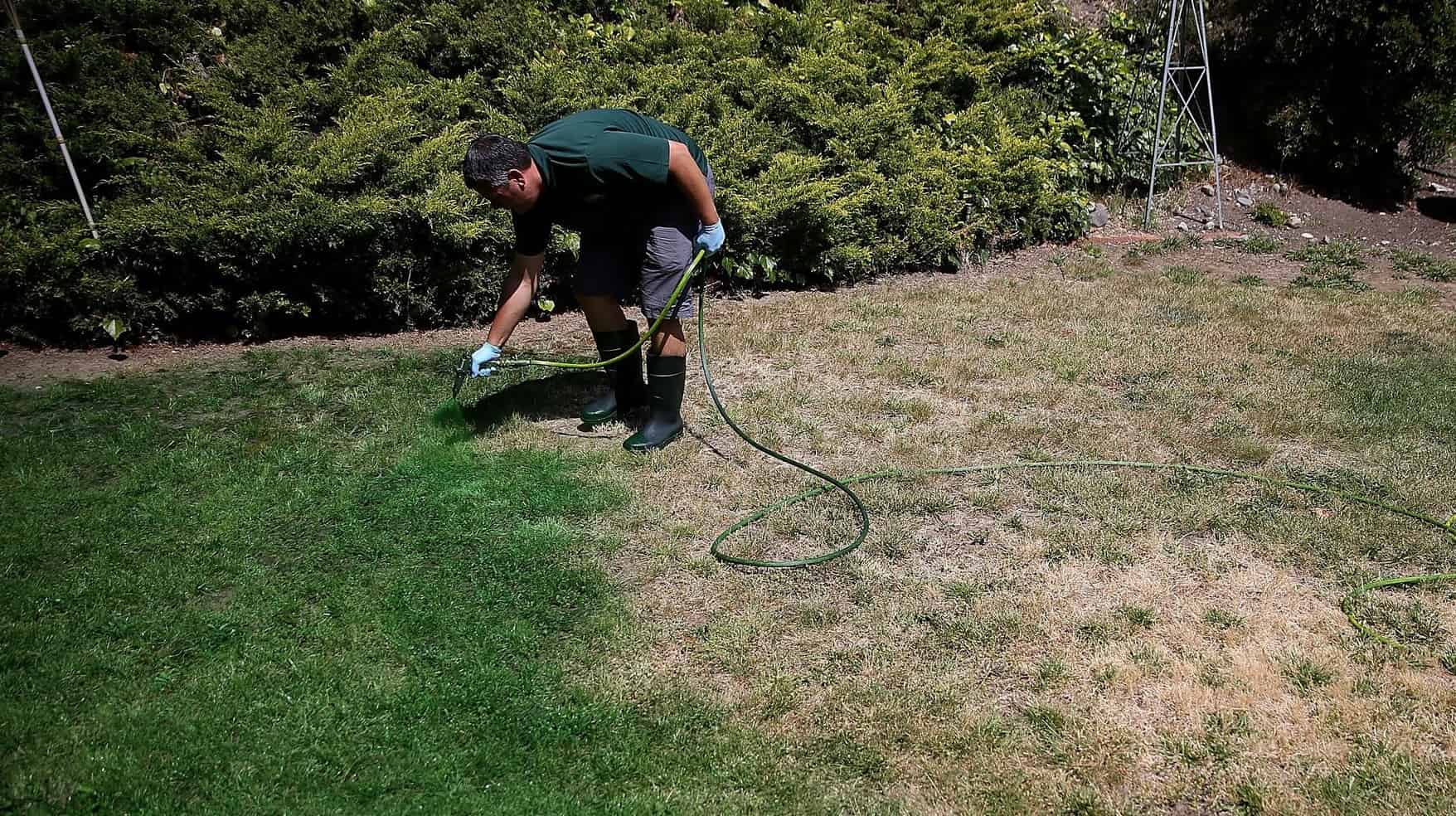
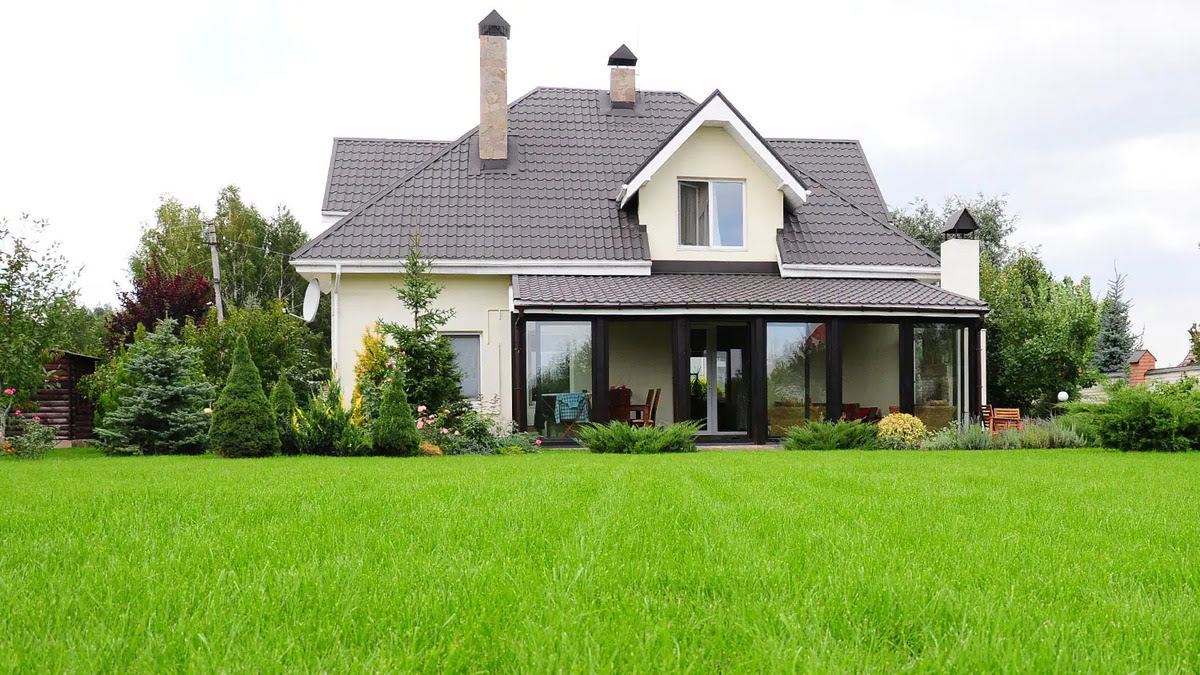
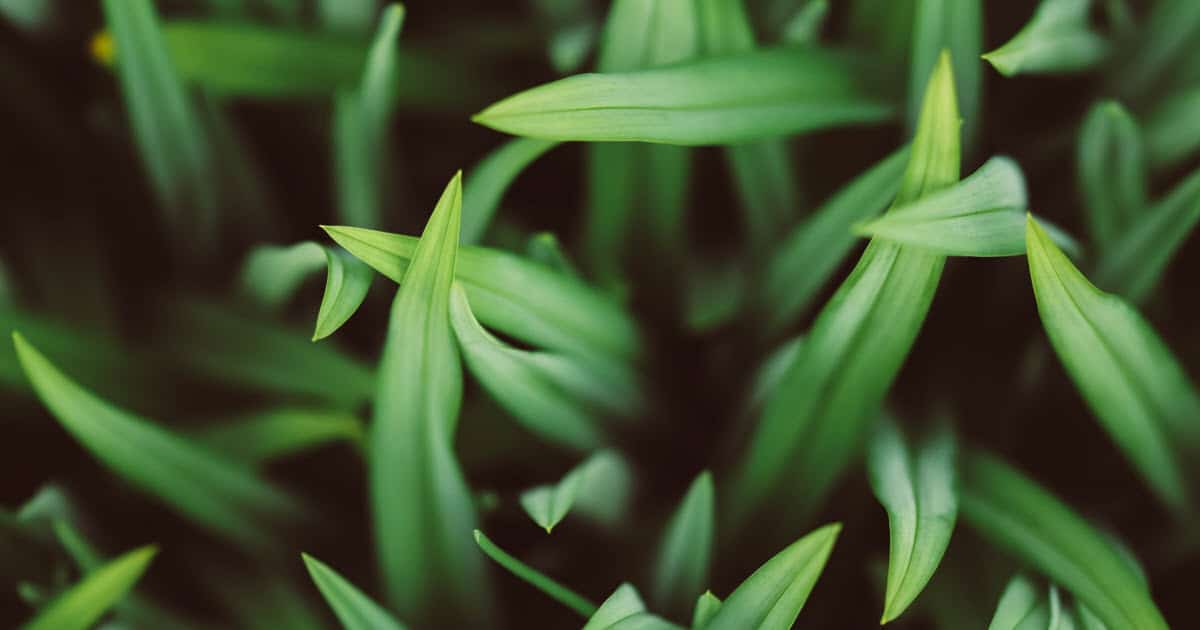
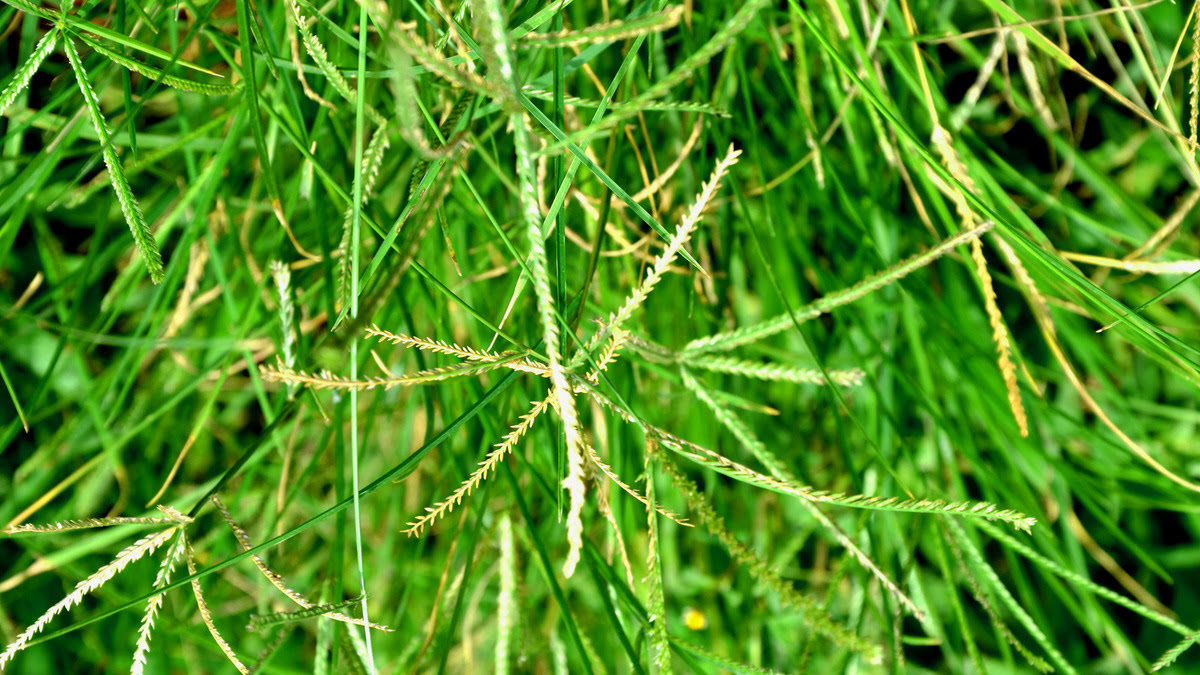
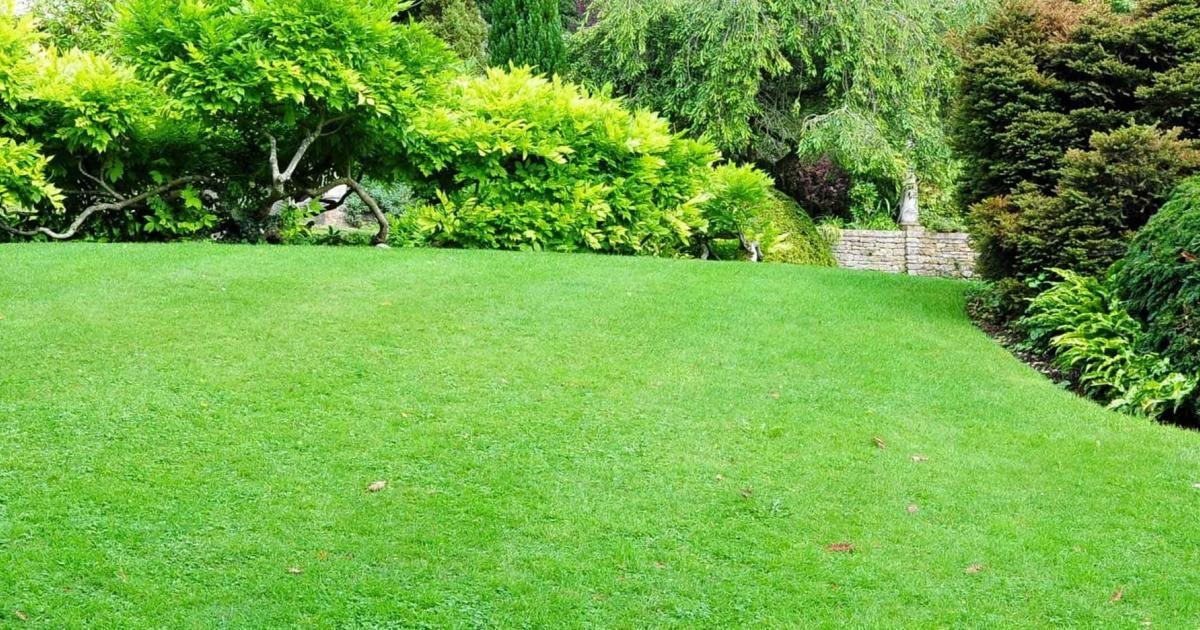
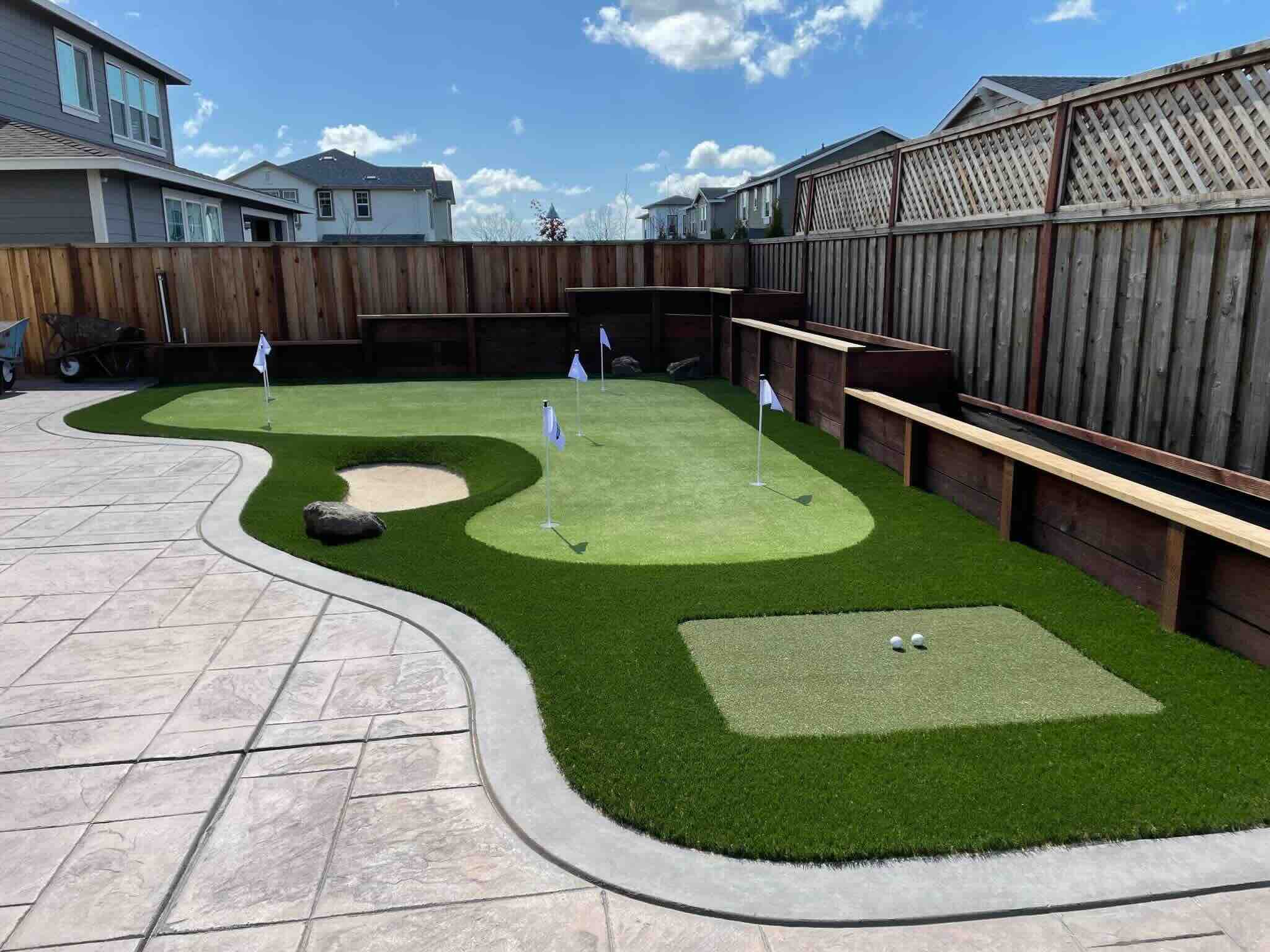
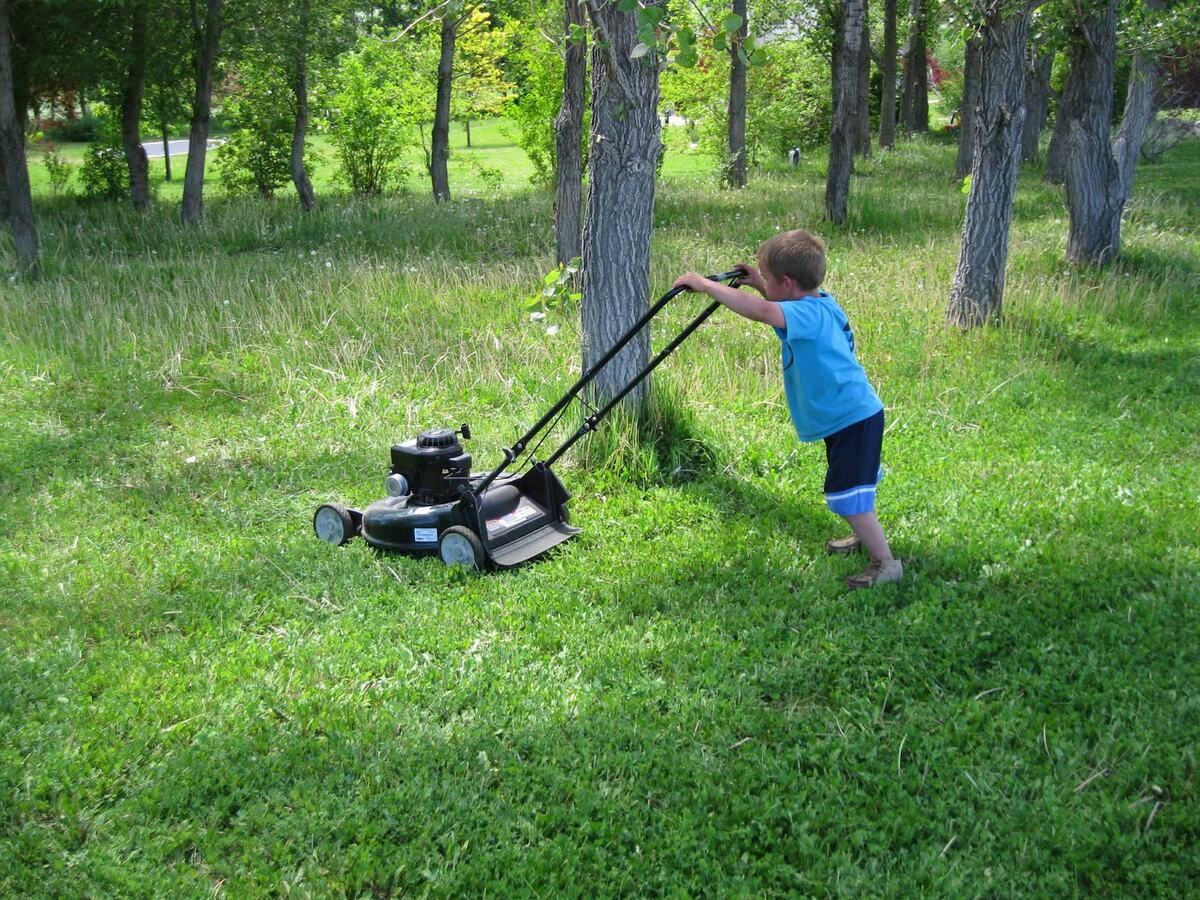
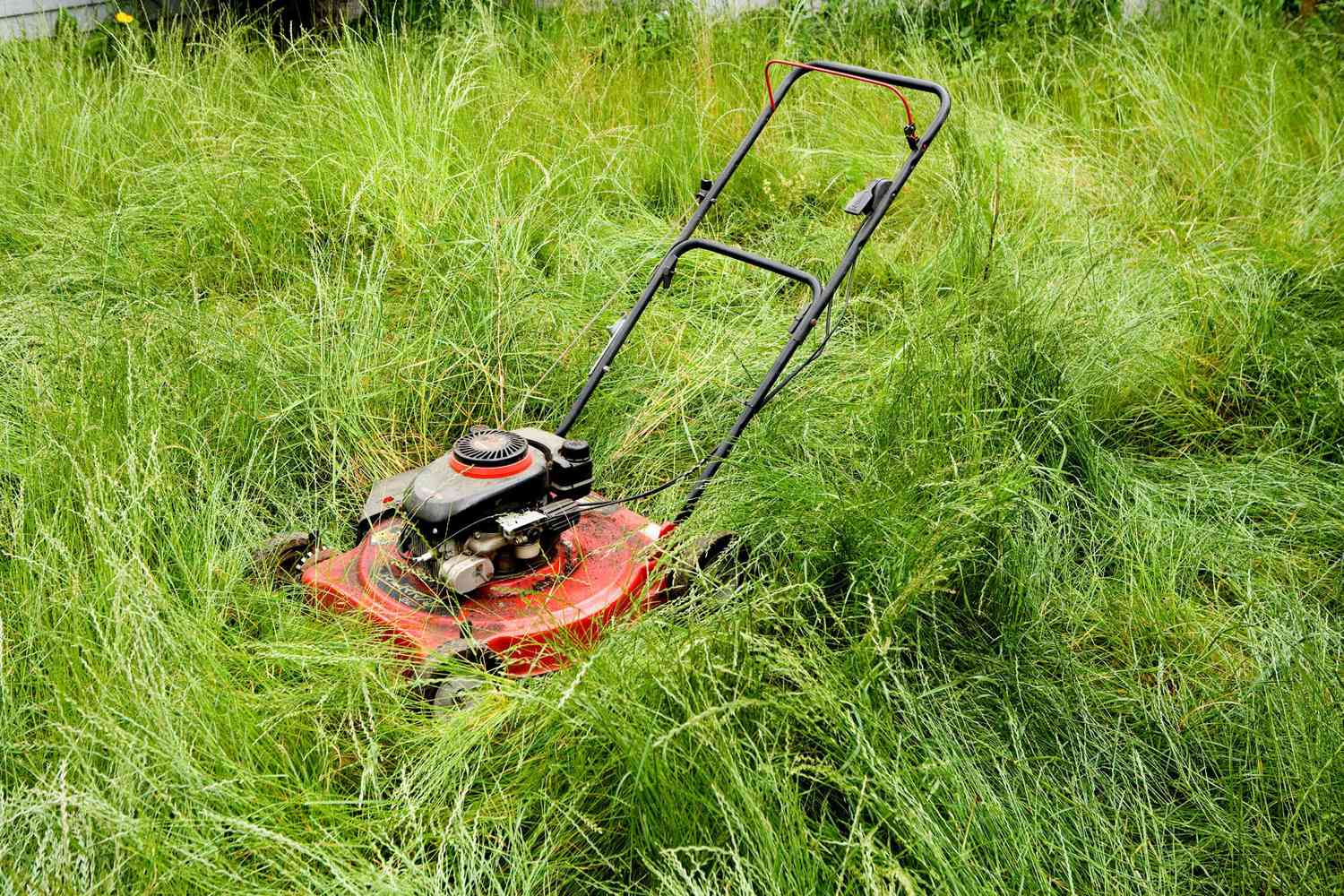
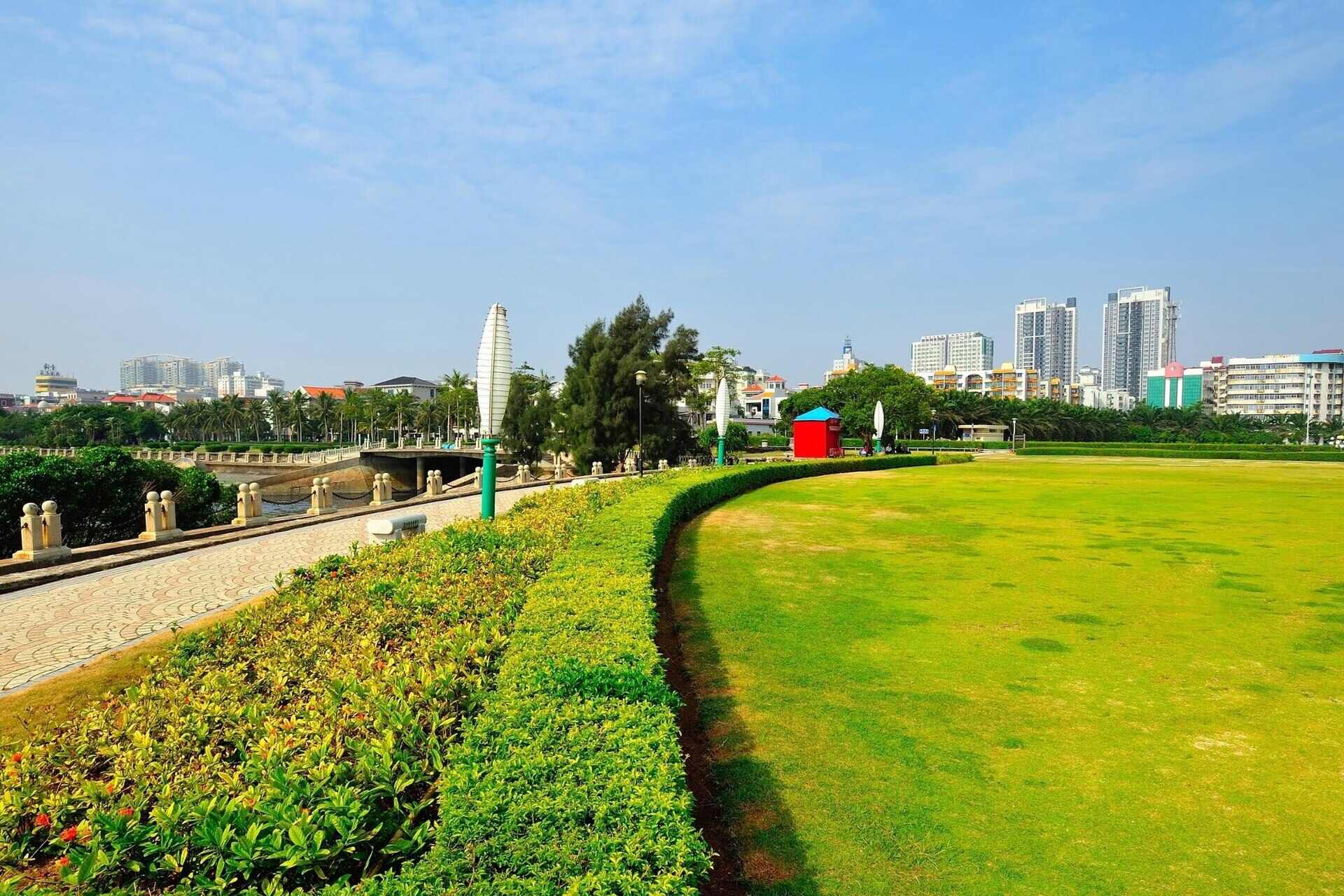
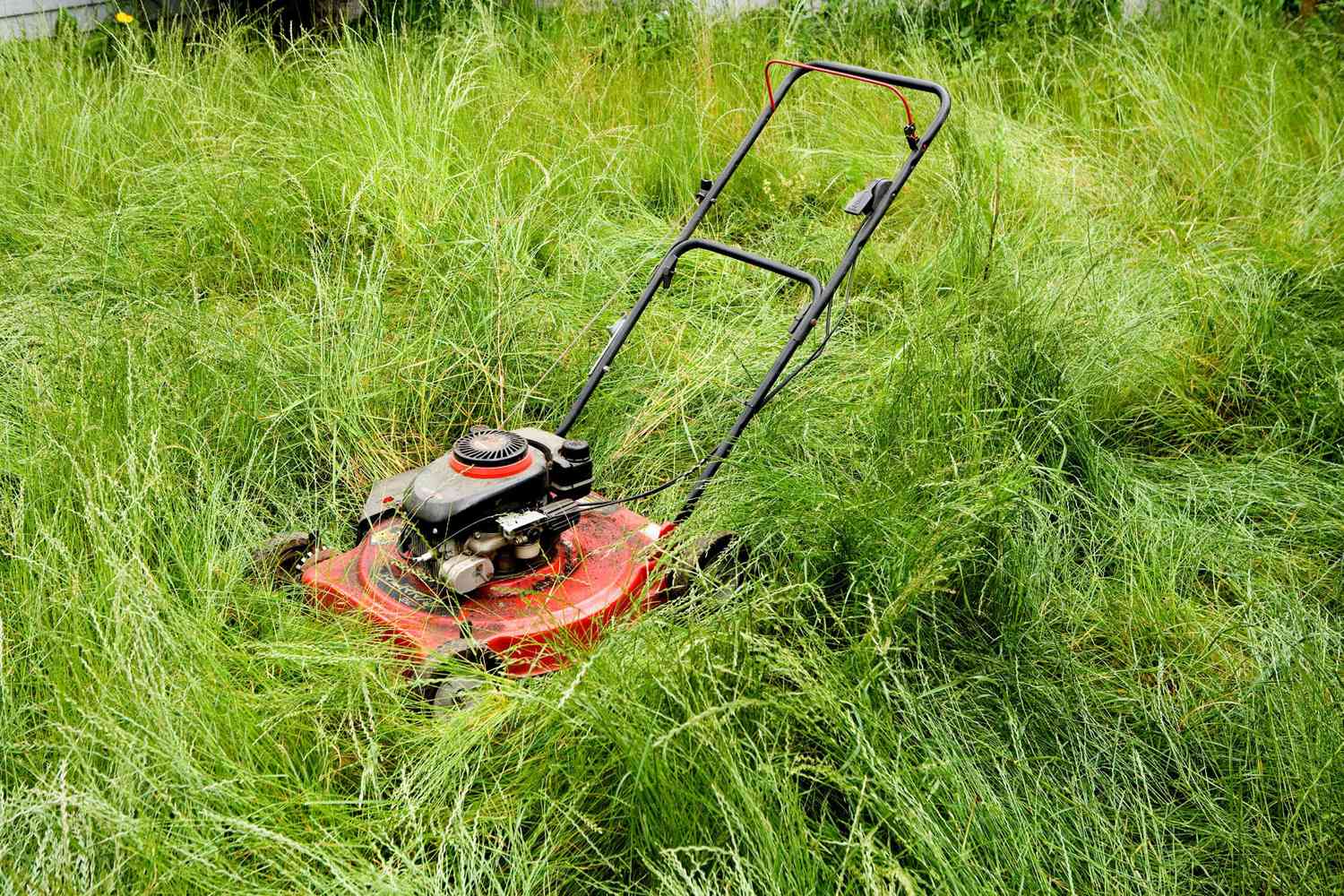
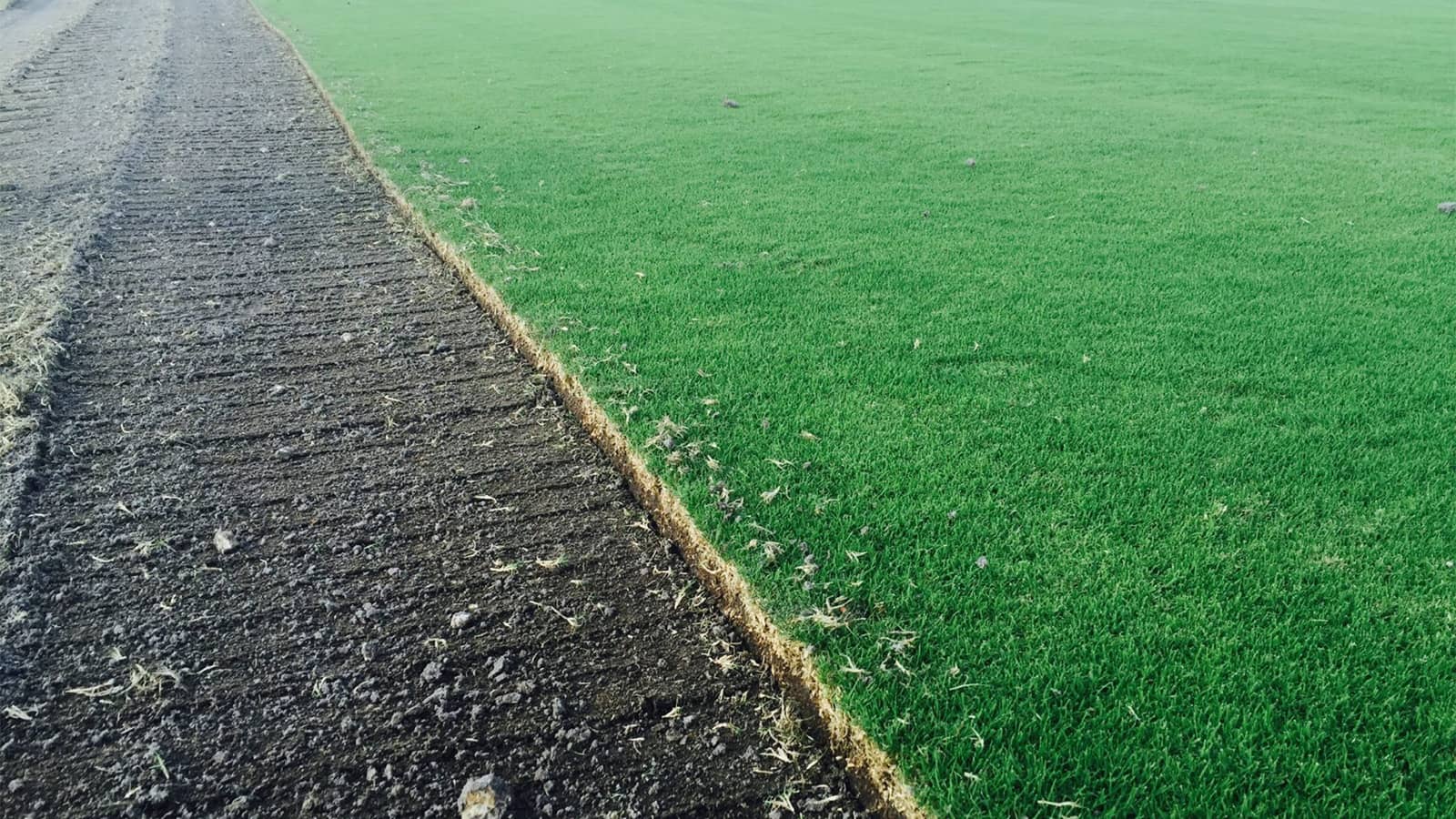


0 thoughts on “What Makes Grass Really Green”